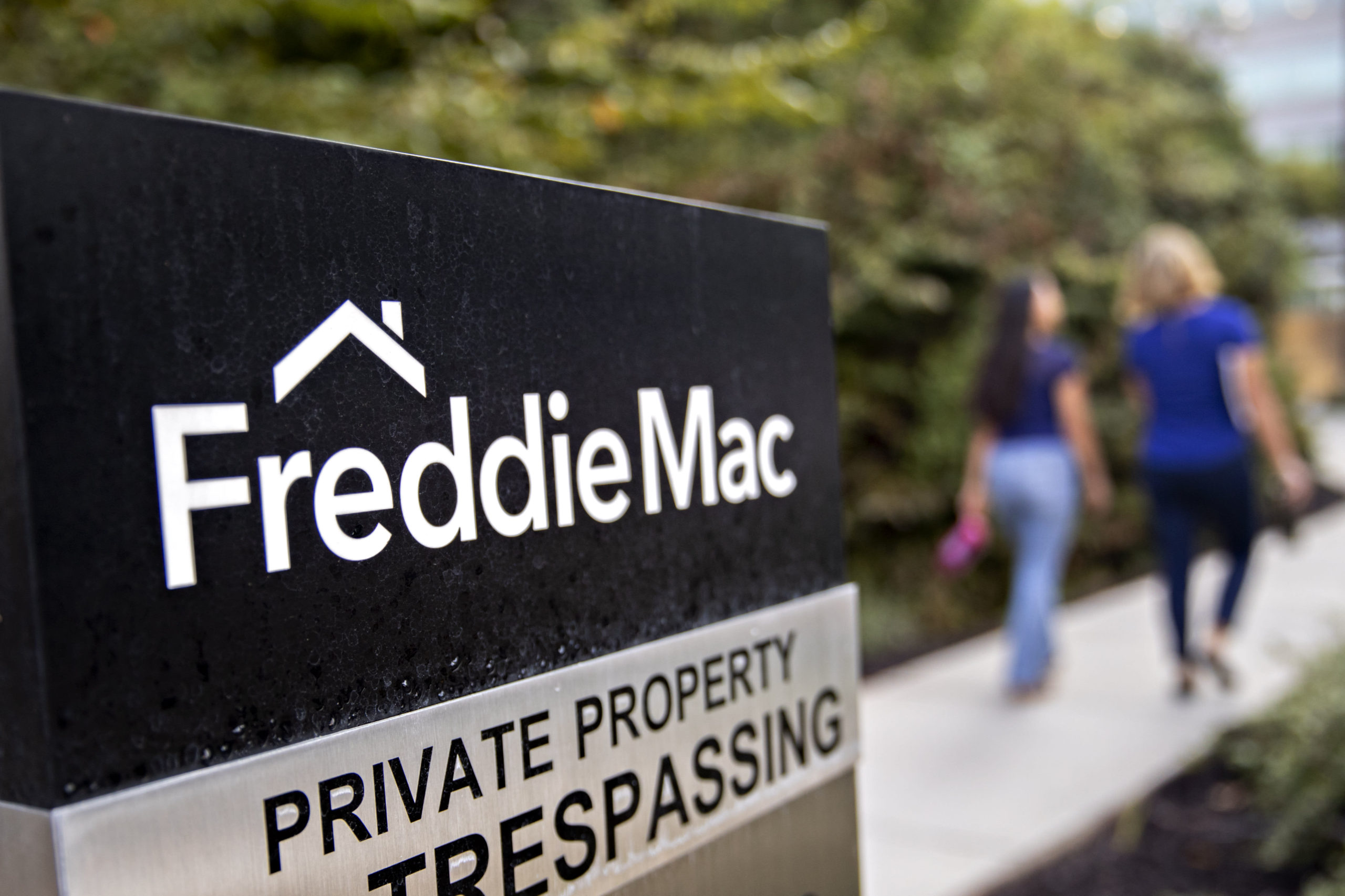[ad_1]
Signage stands outside the Freddie Mac headquarters in McLean, Virginia, U.S..
Andrew Harrer | Bloomberg | Getty Images
As the economic shutdown drags on and job losses mount, more borrowers are opting to delay their monthly mortgage payments through mortgage forbearance plans.
The majority are doing it through a program designed to provide relief to holders of government-backed home loans, part of the coronavirus CARES Act relief package.
Just over 3.4 million borrowers, representing 6.4% of all mortgages outstanding, are now in forbearance plans. That’s an increase of 477,000 loans in just one week, or a nearly 9% jump, according to Black Knight, a mortgage data and analytics firm, which is running weekly tallies.
These forbearances represent $754 billion in unpaid principal. They include 5.6% of all loans backed by government-sponsored enterprises Fannie Mae and Freddie Mac and 8.9% of all FHA/VA loans. At the current level, mortgage servicers are required to advance $2.8 billion of principal and interest payments per month to mortgage bondholders of government-backed loans.
On Wednesday, the Federal Housing Finance Agency, which regulates Fannie Mae and Freddie Mac, announced the servicers would be bound to make these payments for 4 months. Fannie Mae usually requires payments be made for up to a year. Regardless, servicers of GSE-backed loans could still face more than $7 billion in advances, given the number of loans in forbearance thus far. Some said the move is not enough help for servicers.
“While this news reduces servicers’ worst case cash flow demands considerably, we continue to call on the Treasury and Federal Reserve to provide a liquidity facility to ensure that servicers can continue their important work of advancing missed payments to investors as well as paying property taxes and insurance premiums on behalf of struggling borrowers,” said Bob Broeksmit, CEO of the Mortgage Bankers Association.
For FHA loans, Ginnie Mae has already set up a liquidity facility to give servicers relief.
Not all loans in forbearance are government-backed. About 740,000 loans either held on bank balance sheets or in private-label securities are also in forbearance plans. This represents $207 billion in unpaid principal balance. The majority of these loans are higher cost, so-called jumbo loans.
The tally is expected to rise, along with job losses. Borrowers have faced only one monthly payment since the full economic shutdown.
















